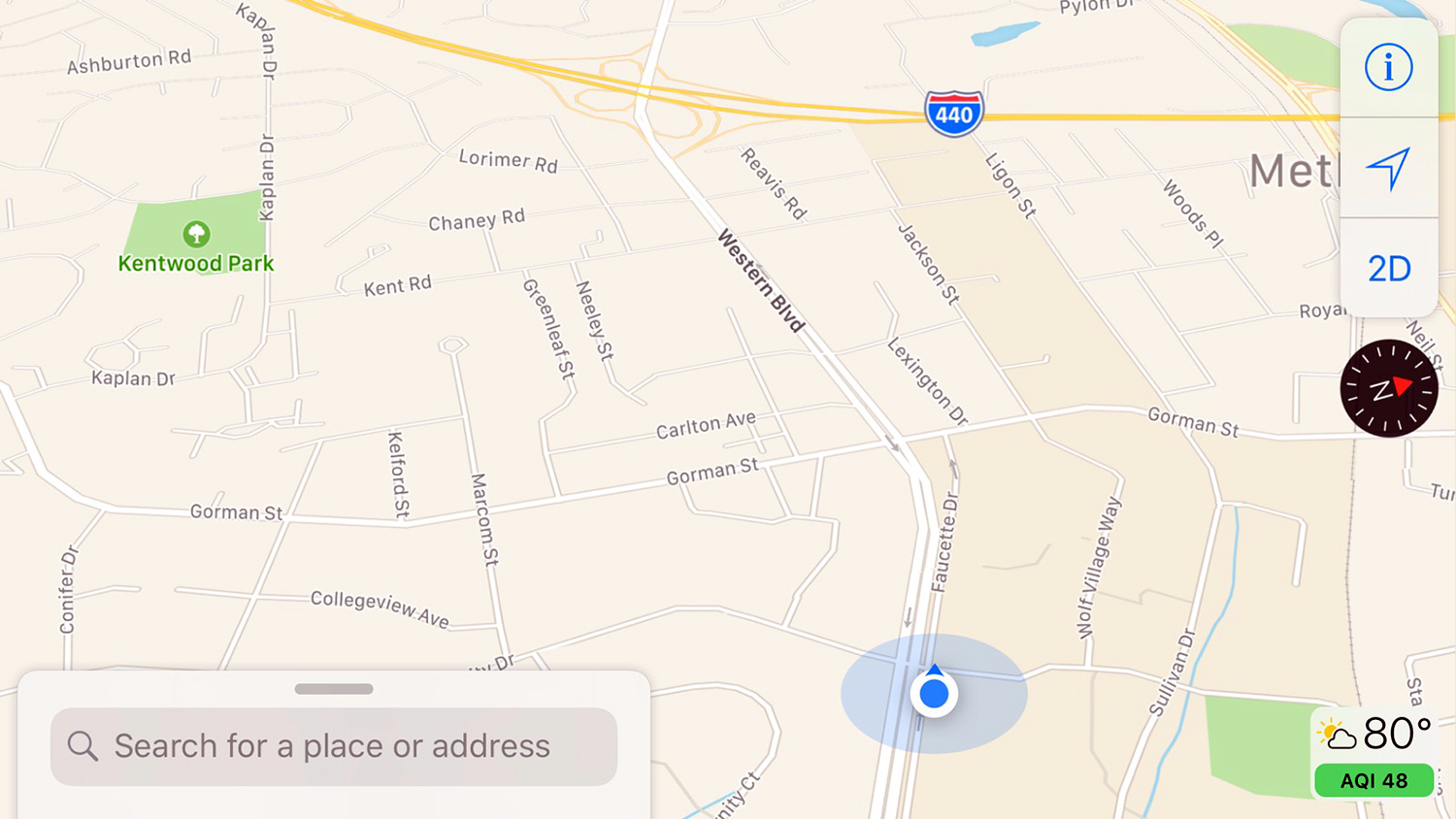When Science is Sidelined, Uncertainty Reigns

Editor’s Note: This is a guest post by Heather Patisaul, a neuroendocrine toxicologist and professor of biological sciences at NC State. This post is part of a series by NC State researchers that addresses uncertainty in science. Uncertainty is a topic that is often misunderstood by people outside of the research community, and people often think that uncertainty means researchers have no idea what is true. This series aims to address these misconceptions about uncertainty in research.
No one likes being stuck in traffic. But popular tools, like the Waze app, amalgamate information from a variety of sources in real time to help drivers identify the fastest, least congested routes. Ultimately, these traffic navigation tools reduce driver hassle by reducing uncertainty, allowing users to find the most efficient route to a destination. Are these tools perfect? No. But they do help people save considerable time and aggravation.
Science is the Waze of decision-making. It is the engine of information and knowledge required by individuals and society to navigate uncertainty and find a path to an informed decision.
Uncertainty is fundamental to science. Uncertainty is the edge at which scientists conceive new experiments aimed at generating new and useful information. Scientists are intrinsically comfortable with uncertainty, and how to make decisions in the face of it.
That comfort and expertise is why there are numerous scientific advisory committees at all levels of government populated with scientists from all disciplines addressing a wide range of issues. This scientific service is typically performed at no cost.
For example, my laboratory studies how chemical compounds affect brain development and behavior. I seek to understand potential chemical risks to brain development, and thus the impact that various chemicals may have on fetal and child health. I and others with expertise in developmental toxicology regularly provide expert advice for agencies such as the EPA, FDA, USDA, and others tasked with regulating chemical use. Scientific advisory groups evaluate the quality of the science, and the degree of uncertainty surrounding the question of interest, then make recommendations about a variety of issues from food safety to chemical exposures in the workplace.
This service goes largely unrecognized by the general public, but it is invaluable – because it reduces societal uncertainty about critical issues such as the safety of our food, household products, toys, pesticides and building materials.
Now imagine if your traffic navigator was barred from using any traffic data except for a few select streets, and lost a third of its capacity to integrate information. Would you still use it?
Recent federal policy changes are restricting the ability of EPA and other agencies to use published data and other forms of independent scientific input for policy-making.
For example, in 2014 the FDA used only a single published paper, out of dozens it identified as potentially relevant (and more than 500 in the published literature on brain-related effects), to conclude that the endocrine disrupting chemical BPA is safe in food packaging. Only one.
More recent changes in 2019 call for government to eliminate up to a third of its scientific advisory boards. Advisory boards at risk include ones at EPA that are responsible for evaluating chemical toxicity data, air pollution standards and water quality. Would you be willing to arbitrarily erase a third of your experience and knowledge? Probably not, because such an erasure would be absurd. Yet that is what government leaders are asking us to do.
Making complex decisions about chemical and food safety, energy policy, clean air and water standards, vaccine policies, and other important topics should not be done in the absence of scientific information and expertise. By restricting and eliminating scientific advisory boards, we ultimately shift the burden of decision-making from experts to individuals.
We should not need a Waze-like navigation tool to find sunscreens without endocrine disruptors, or furniture without toxic flame retardants. Yet, unfortunately, we do.
Making healthy choices in our vastly complicated chemical landscape is already hard, and it’s getting harder. There are more than 90,000 chemicals in commerce, most of which have not undergone any toxicity testing at all (a fact most consumers don’t know). Even fewer have been tested specifically for neurotoxicity. But scientists like me have generated a wealth of information about a variety of chemicals we come in contact with every day. Many pose no risk. But for a subset – like BPA, some pesticides, flame retardants and perfluorinated compounds – there is considerable data suggesting plausible harm to developing brains and bodies. Is that data perfect? No. It’s impossible to have perfect data.
Obtaining absolute proof that a chemical harms the developing human brain is impossible and unethical because it would require deliberately exposing a group of pregnant women and then looking for effects in their children. Thus, I and other toxicologists approach this challenge by using a mixture of other tools including animal studies, cell-based studies and epidemiological surveillance of different human populations. Prior successes have proven that this data can be integrated to enact policies that enhance child health. These include encouraging sobriety and increased intake of folic acid during pregnancy. Will those behaviors absolutely ensure a healthy pregnancy? No, but they meaningfully reduce risk of an adverse neural outcome and are thus widely accepted as reasonable and beneficial.
Any uncertainty, even when it is low, is being used to justify regulatory paralysis. Add a wealth of internet misinformation and you have the perfect recipe for an alarming level of public uncertainty about what is truly “safe.” That leads to uninformed choices with serious consequences for personal and public health.
We all benefit when scientific information is used to guide decision-making, so that policies are based on facts and information rather than individual beliefs, guesswork or gut instinct. You want your doctor to prescribe medicine based on its proven healing properties, not her financial ties to a particular company or because she prefers yellow pills or capsules shaped like squares. Uncertainty in science does not mean that we do not know enough to make rational and informed choices.
I view my public policy work as equally important for addressing uncertainty, if not more so, than my experimental work. This service is perhaps the most critical way in which scientific knowledge is translated into public benefit. I have published nearly 100 papers in a variety of peer-reviewed journals, and written a book on neuroendocrine toxicants. I am well aware that none of that will likely ever be read outside of scientific circles. That’s fine. But through our public policy work, I and many other scientists participate in a process that – when it works – leverages all of that data to help solve problems that matter to society and ultimately reduce uncertainty. For me, that means working to reduce exposure to chemicals that are harmful to the developing brain, and identifying safer substitutes.
Science is fundamental to effective decision-making and public policy. It is the impartial navigator pointing toward the most efficient route, even if it’s not your personal favorite, or requires you to make a U-turn. Sometimes it does not point to the answer we expected, or disproves a popular “conventional wisdom,” but science helps ensure that we choose and stay on a logical and reasoned path. Sidelining science is like driving without a map.
This post was originally published in NC State News.


